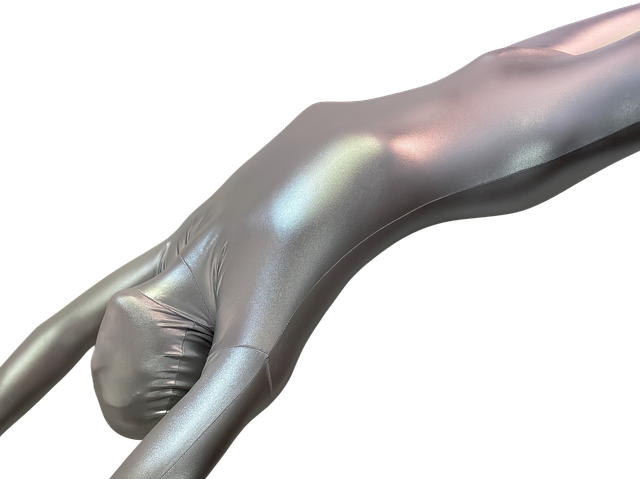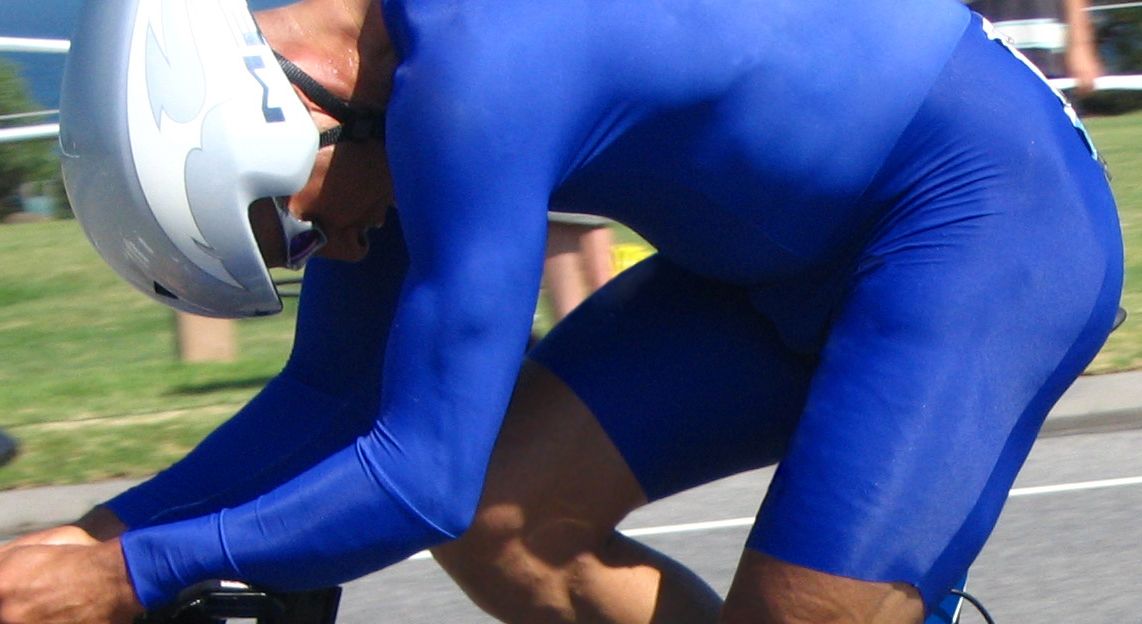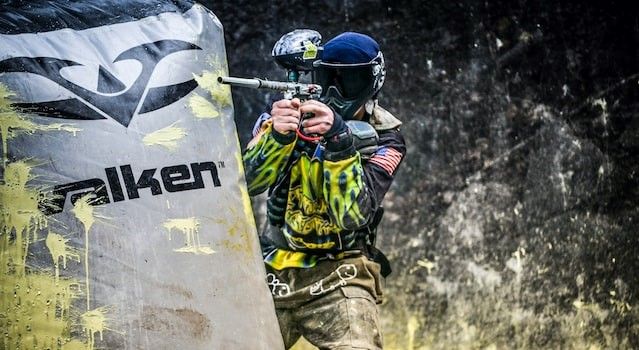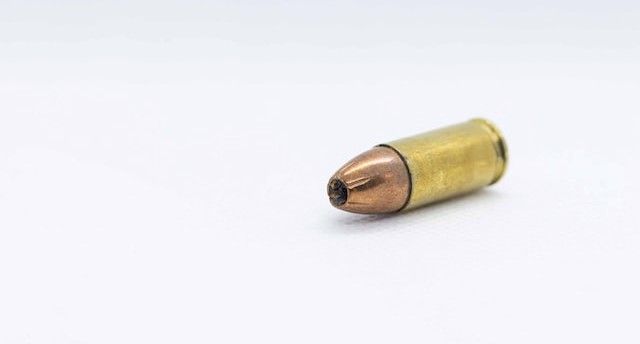Is Spandex-Thin Body Armour Possible?
Will future bullet-proof protection be as thin and as strong as cycling shorts?

The dream for all body armour designers is to make it as thin, and as light, and as flexible as possible. With Spandex well known for having all these properties, will military-grade protective clothing ever look like something a cyclist wears?

Current body armour technology uses Kevlar or ceramic plates. These are able to stop the penetration of a bullet but does little to limit the impact. The force from a gunshot is therefore likely to knock a soldier off his feet and possibly require hospitalisation. The plates are also relatively bulky (typically about 1.3 cm thick) and add an amount of weight to a soldier who is already laden with a gun, ammunition, and other military gear.
Spandex-thin protection is certainly possible. A golf ball at the driving range can be stopped by a very thin net. However, to make body armour requires more technology than just stopping a projectile.
Anyone wearing regular clothing who has been shot by a paintball gun knows that while the fabric stopped the paint, the shot still hurts and will leave a large and painful bruise. This is because, the energy from the paintball has to go somewhere even if the ball itself is stopped.
When it comes to body armour possibilities the future is limited by the immovable laws of physics and the energy involved.

Specifically, a standard 9mm round fired from a handgun imparts an impact force of about 519 joules. While a blow from a karate hit imparts about 450 joules. The reason one kills and the other only hurts, is that the force from the bullet is concentrated into a small area, while the karate hit is fist-sized (about 5cm x 7cm). Additionally, the energy transfer from the bullet is worse because it happens so much faster.
Almost ten years ago, researchers began testing graphene as a potential raw material for body armour. As it is the strongest, thinnest, and incidentally also the most conductive material known to science, graphene is an ideal material for bullet-proof vest design.
In fact, its tensile strength (which comes from its hexagonally organized atoms of carbon) is 200 times higher than that of steel. Further research conducted at Rice University also showed that it is also 10 times more effective at dispersing energy than steel.

Building on this data, the University of Massachusetts manufactured sheets made from up to 300 layers of graphene. Each sheet measured between 10 and 100 nanometres thick (a piece of paper is 100,000nm thick).
At speeds up to 3 km per second, or nearly nine times the speed of sound, tiny spherical silica ‘bullets’ were then fired at the sheets. These bullets initially bent upon impact into a cone shape before finally piercing it.
The transferred energy, however, moved through the material quicker (at a pace of 22.2 kilometres per second) than any other substance in the three nanoseconds that it held together.
This means that the energy from the impact dissipated through the sheet much faster than the speed of the projectile itself. If body armour could be made from nanomaterials like this, it is theoretically possible that little of the stress of the blow would be concentrated beneath the point of impact.

Ultimately, researchers have concluded that a composite of graphene and other materials could be used to produce a new, ground-breaking armour solution.
Today, both the British and American militaries (as well as several private companies and universities such as MIT and Cambridge) are investing in research to develop nanomaterial-based armours. Current studies focus mostly on weaving carbon nanomaterial threads or sheets into a conventional fabric such as cotton.
And while no one has yet created Spandex-thin body armour, the technology is getting close. As scientific understanding of nanotechnology grows super-thin and flexible bullet-proofing may be only a generation away.
Photo credit: Cosplay images from Pixabay, Freeimages, James Fitzgerald on Unsplash, Danilo Alvesd, & Cool Vid Shows

